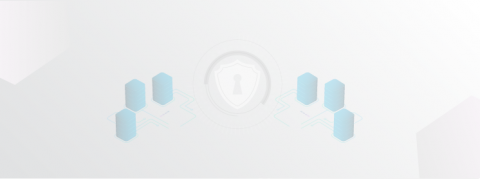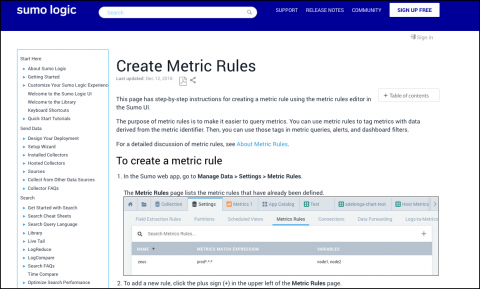Best Practices for Efficient Log Management and Monitoring
When managing cloud-native applications, it’s essential to have end-to-end visibility into what’s happening at any given time. This is especially true because of the distributed and dynamic nature of cloud-native apps, which are often deployed using ephemeral technologies like containers and serverless functions.











